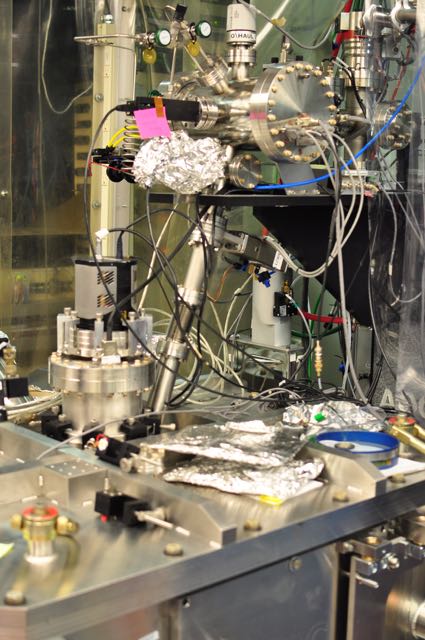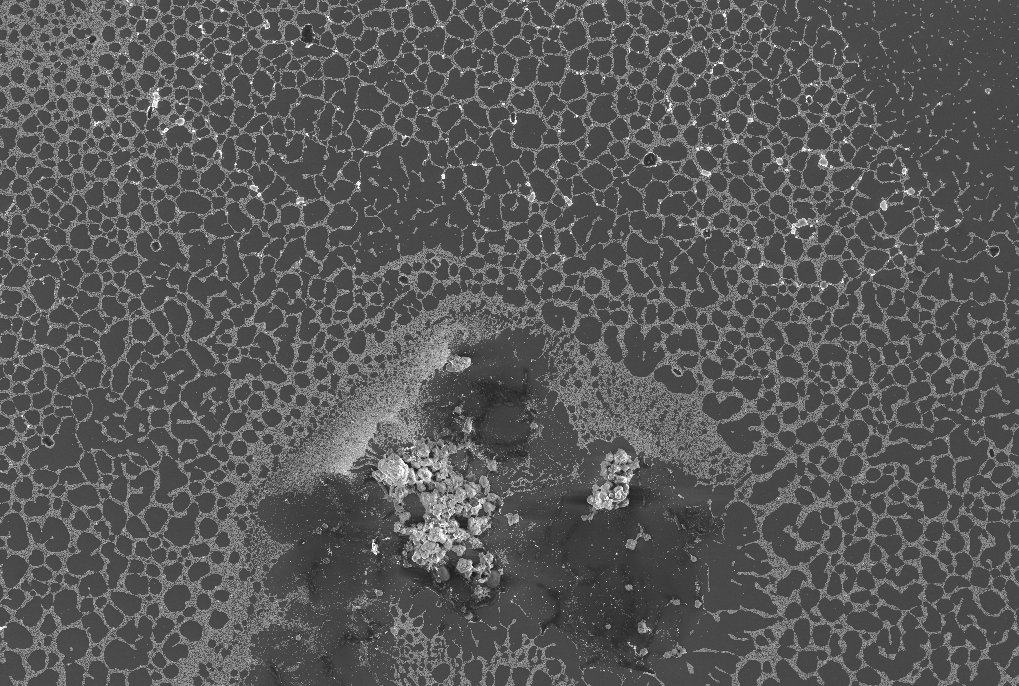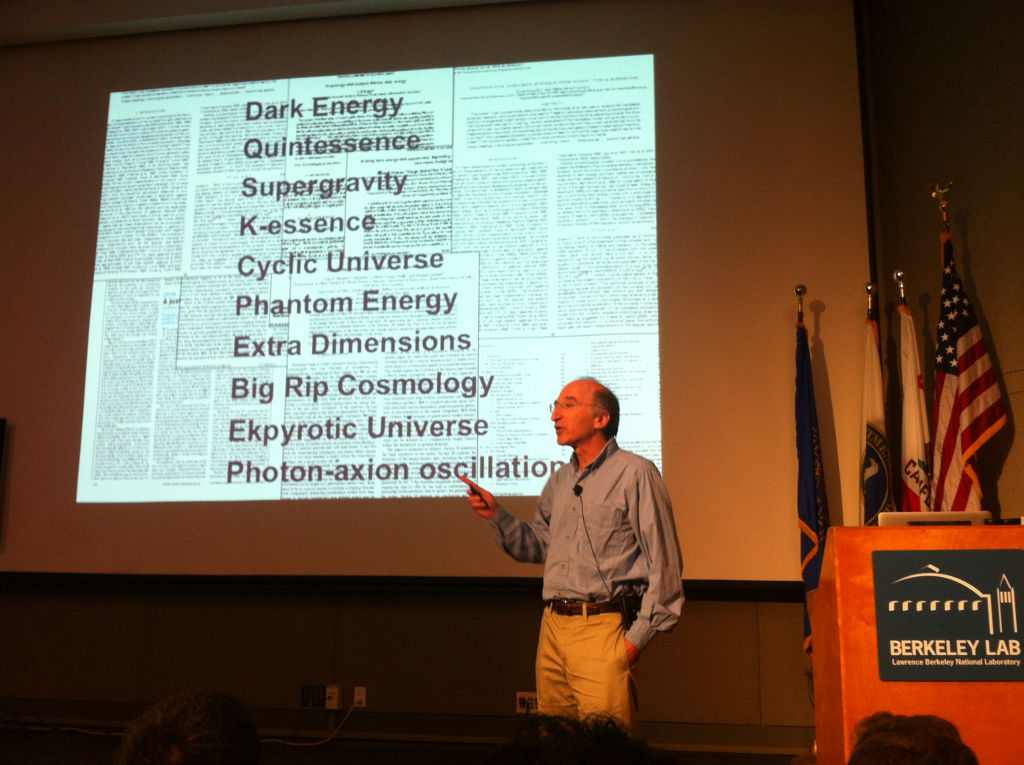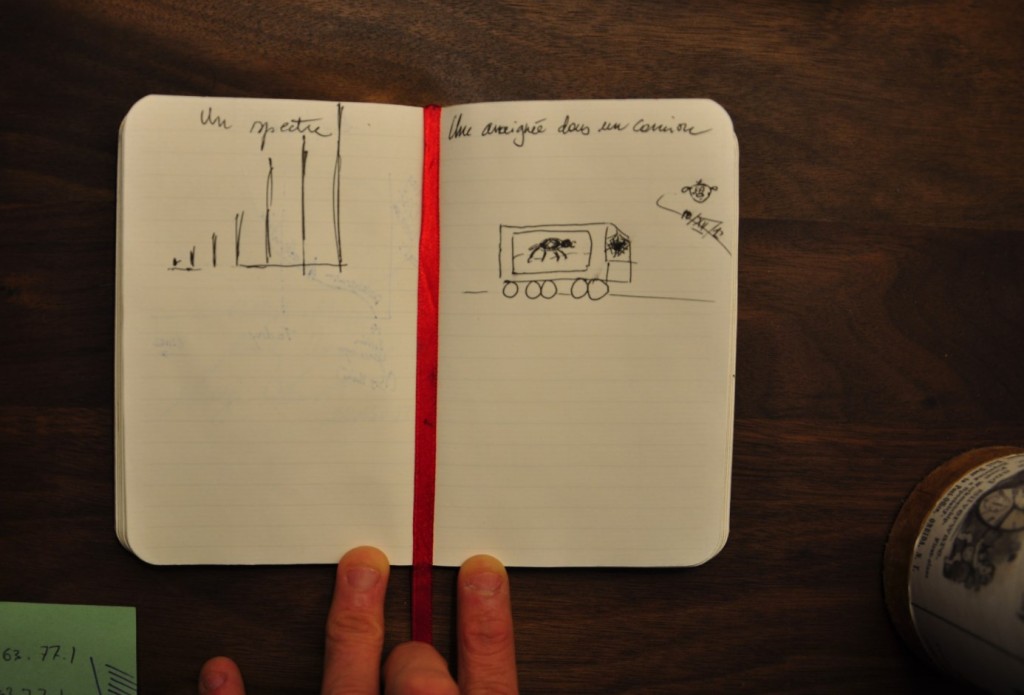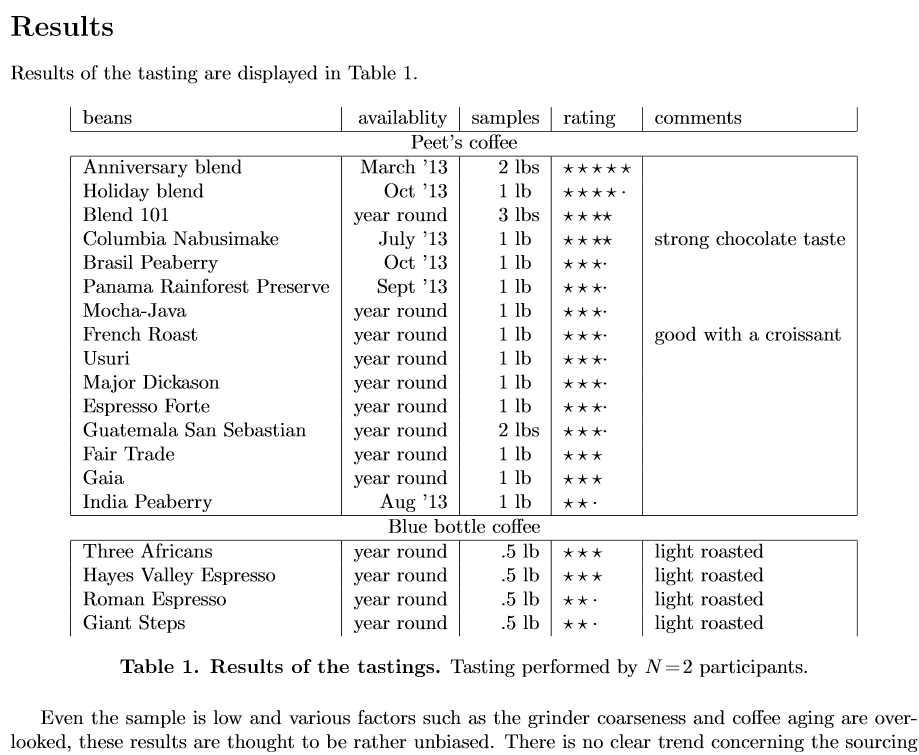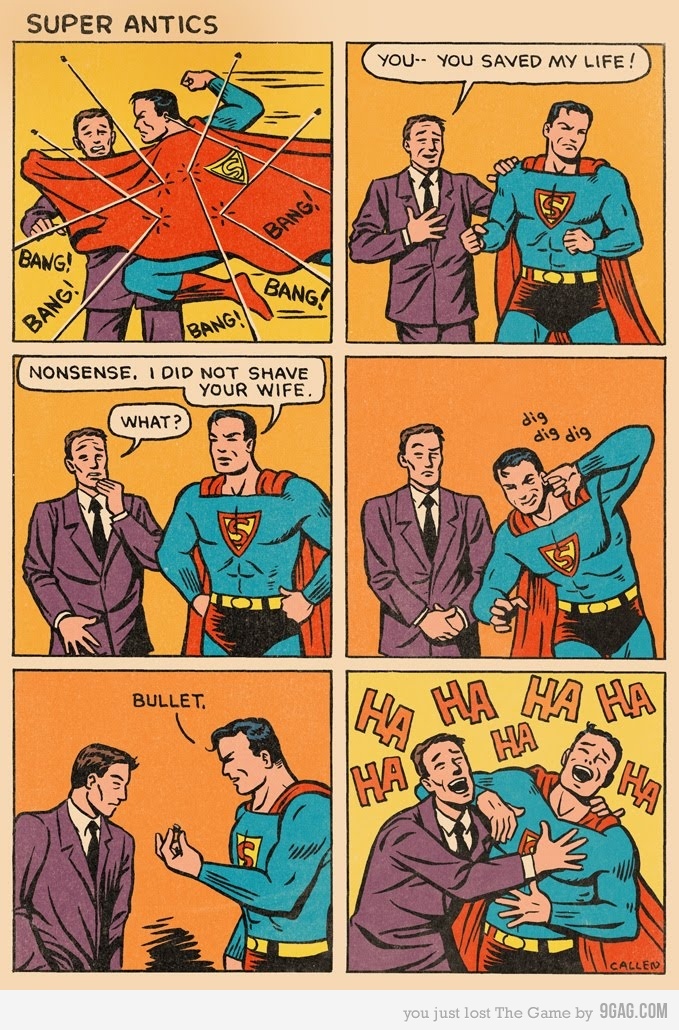I’ve received this very kind email, related to a transcript I’ve made a while back :
Dear Antoine Wojdyla,
By chance I have just come across your excellent English transcript of the Richard Feynman ‘Fun to Imagine’ episodes and I thought how wonderful it is that you have gone to the trouble of doing this. I produced the programmes back in 1983 and it’s great that they are still out there and people seem to enjoy them.
Anyway, I thought I’d write and say thank you!Best wishes,Christopher Sykes
 Here’s an excerpt from the transcript “fun to imagine“:
Here’s an excerpt from the transcript “fun to imagine“:
The sun is shining, and this sunlight comes down and knocks this oxygen away from the carbon, so it takes some light to get the plant to work! And so the sun, all the time, is doing the work of separating the oxygen away from the carbon, the oxygen is sort a of terrible by-product, which it spits back into the air, an leave in the carbon and water to make the substance of the tree. And then we take the substance of the tree to get the fireplace. All the oxygen made by these trees and all the carbons would much prefer to be together again. And once you let the heat to get it started, it continues and make an awful lot of activity while it’s going back together again, and all those nice light and everything comes out, and everything is being undone, you’re going from carbon and oxygen back to carbon dioxide, and the light and heat that’s coming out is the light and heat of the sun that went in, so it’s sort of stored sun that is coming out when you burn it.
